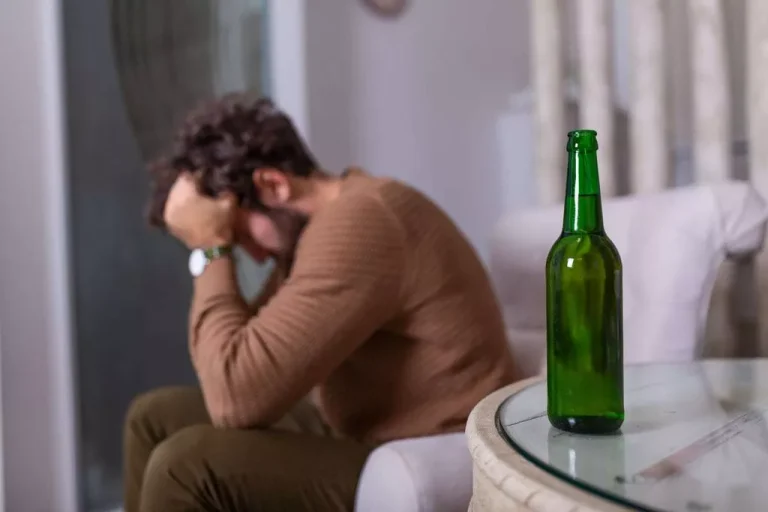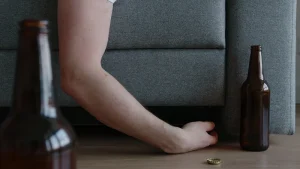
Halfway houses date back to the 1830s when they housed children and adults that had committed crimes or had been released from prison. These facilities still exist today and are used primarily for those who have been incarcerated or are unhoused. Halfway houses are often designed specifically for those that received treatment for addiction to drugs or alcohol while in prison. Halfway houses can be government funded or run by private organizations that receive government grants.

The Importance of Sober Living in Recovery
These homes enforce specific rules like curfews, mandatory house meetings, and routine drug tests. Not adhering to these rules can lead to consequences, with severe breaches potentially resulting in eviction. Sober living homes often have certain similarities, including the ability to come and go as you choose. There are rules that residents are expected to follow during their time at a sober living home, one of the most important being that they are sober and commit to remaining sober while there. Additionally, sober living house rules may include a curfew, helping around the house, and attending group meetings.

Level Three
Sober living homes are realistic, cost-effective living environmentsr for people in recovery. In some cases, sober living homes will contract with licensed drug rehabilitation centers and therapists as a means for providing an even greater level of care. These types of sober livings do tend to charge higher fees, however, they are often able to provide a very affordable alternative to what would otherwise constitute high-priced inpatient treatment. Often addiction treatment services involve withdrawal management services (detoxification) and inpatient rehabilitation, followed by ongoing outpatient care. Outpatient care can include partial hospitalization, day treatment programs, medical management in clinics, and individual or group therapy.
MinnPost’s Daily Newsletter
- Sober living homes for the LGBTQ+ help them recover by focusing on self-acceptance, peer support, and mental health.
- In other homes, counselors or case managers visit on a regular basis to provide in-home services.
- The Substance Abuse and Mental Health Services Administration (SAMSHA) fully endorses level three sober homes.
- Differences between the two can stem from funding, length of stay, and requirements to apply to live there.
- A house manager or supervisor oversees the daily operations and ensures compliance with house rules.
- Individuals who breach this are usually removed from the home immediately to protect the other residents.
Rules vary depending on each home or accrediting organization, but most sober living homes have several rules in common. Sober living homes usually house only same-sex residents and require residents sober house to complete either a detox program or an inpatient rehab program before moving in. Your friends or family members may tempt you with alcohol or other drugs by consuming them in front of you.
One study into people being treated for heroin addiction showed a considerable risk of death from overdose in the month following treatment. This indicates the need for greater health education of drug users and the implementation of relapse and overdose death prevention programs. Sober living houses can assist in educating drug users and reducing the chance of relapse. One study into Oxford House recovery homes found that they reduce relapse by providing closer monitoring and referring additional services to residents with a history of severe addiction.
- An average day at a sober living home usually includes group breakfasts, lunches and dinners.
- Living among individuals who understand your struggles and can relate to your experiences creates an invaluable support network.
- Like any lifestyle change, Sobriety requires developing new habits and routines.
- Lexi Reed-Holtum, a recovery advocate, MASH board member and a woman in long-term recovery, said that she is concerned the new legislation could have a negative effect on sober home residents.
We’ll be able to tell you if your insurance provider is in network with an American Addiction Centers treatment facility. Sunnyside uses a psychology-based approach to help you drink more mindfully, no matter what your goal is. You’ll get a 100% custom plan, then use daily texts to track your progress and help you stay on target. Dr. Kennedy also suggests touring the home and asking to speak with current residents or alumni.

What Are Sober Living Homes?
Some homes are highly structured, with strict schedules and consistent eating and meeting times. Sober living homes may or may not be accredited or licensed through a state, local, or national agency. Some sober living https://ecosoberhouse.com/ houses will allow you to offset the cost of your rent by doing work within the home. Your sober living house may offer you the opportunity to work and either offset your rent or pay you in a more conventional way.
Red Flag: Does Not Require Abstinence or Regular Drug Testing



